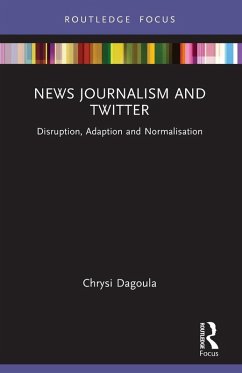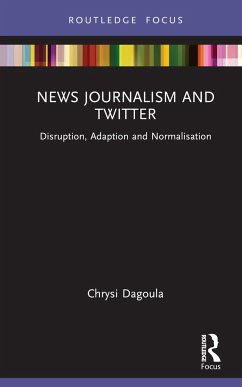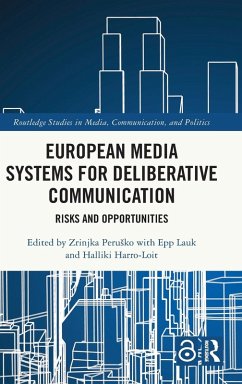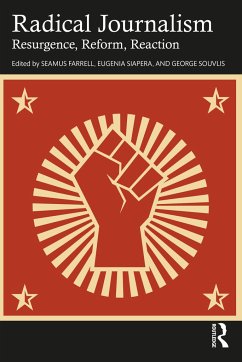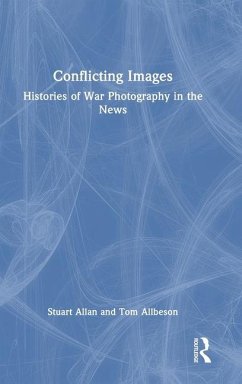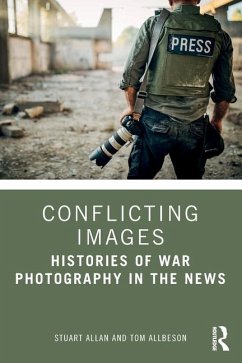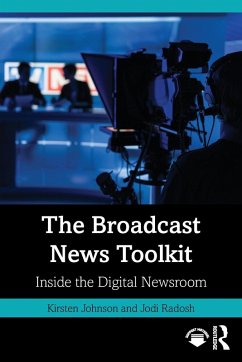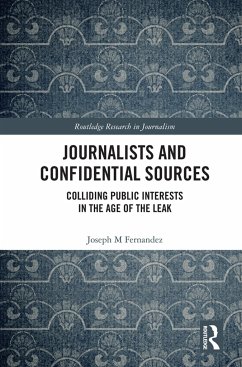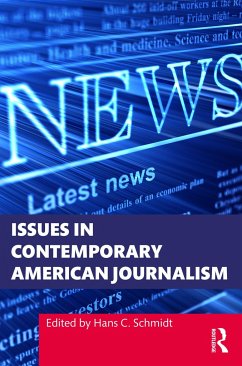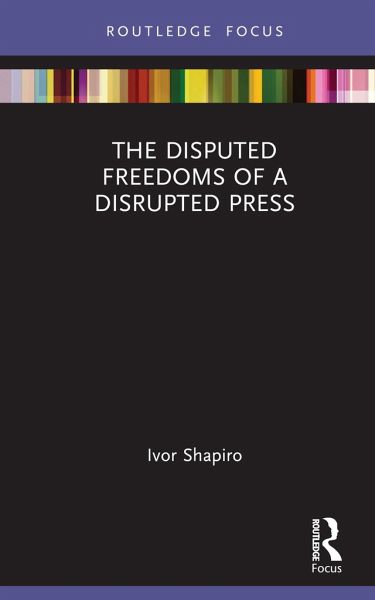
The Disputed Freedoms of a Disrupted Press
Versandkostenfrei!
Versandfertig in 6-10 Tagen
56,99 €
inkl. MwSt.
Weitere Ausgaben:

PAYBACK Punkte
28 °P sammeln!
The Disputed Freedoms of a Disrupted Press explores the origins, connections, and contradictions evident amongst divergent understandings of press freedom around the world.Drawing on examples from various countries and cultures, this book distinguishes the universal right of free expression from the more complex and innately conditional liberties claimed by news media. It examines journalists' common goals and norms in light of polarized and disordered information channels, reckonings with identity and privilege, diminished public trust, and altered revenue streams. The author discusses emergi...
The Disputed Freedoms of a Disrupted Press explores the origins, connections, and contradictions evident amongst divergent understandings of press freedom around the world.
Drawing on examples from various countries and cultures, this book distinguishes the universal right of free expression from the more complex and innately conditional liberties claimed by news media. It examines journalists' common goals and norms in light of polarized and disordered information channels, reckonings with identity and privilege, diminished public trust, and altered revenue streams. The author discusses emerging forms of accurate, contextualized news production and argues that journalistic autonomy can be sustained only through demonstrated accountability for providing factual information about public affairs according to self-regulated professional standards. The book concludes by proposing a principle-based framework for enhancing the case for press protections and opposing disinformation while minimizing harm. Adopting this approach would require many publishers and editors to consider paradigm shifts and structural changes.
This is a timely contribution to the body of literature on press freedom and will be a valued resource for advanced students and researchers seeking a contemporary understanding of journalistic practice and the evolving foundations of media law.
Drawing on examples from various countries and cultures, this book distinguishes the universal right of free expression from the more complex and innately conditional liberties claimed by news media. It examines journalists' common goals and norms in light of polarized and disordered information channels, reckonings with identity and privilege, diminished public trust, and altered revenue streams. The author discusses emerging forms of accurate, contextualized news production and argues that journalistic autonomy can be sustained only through demonstrated accountability for providing factual information about public affairs according to self-regulated professional standards. The book concludes by proposing a principle-based framework for enhancing the case for press protections and opposing disinformation while minimizing harm. Adopting this approach would require many publishers and editors to consider paradigm shifts and structural changes.
This is a timely contribution to the body of literature on press freedom and will be a valued resource for advanced students and researchers seeking a contemporary understanding of journalistic practice and the evolving foundations of media law.





